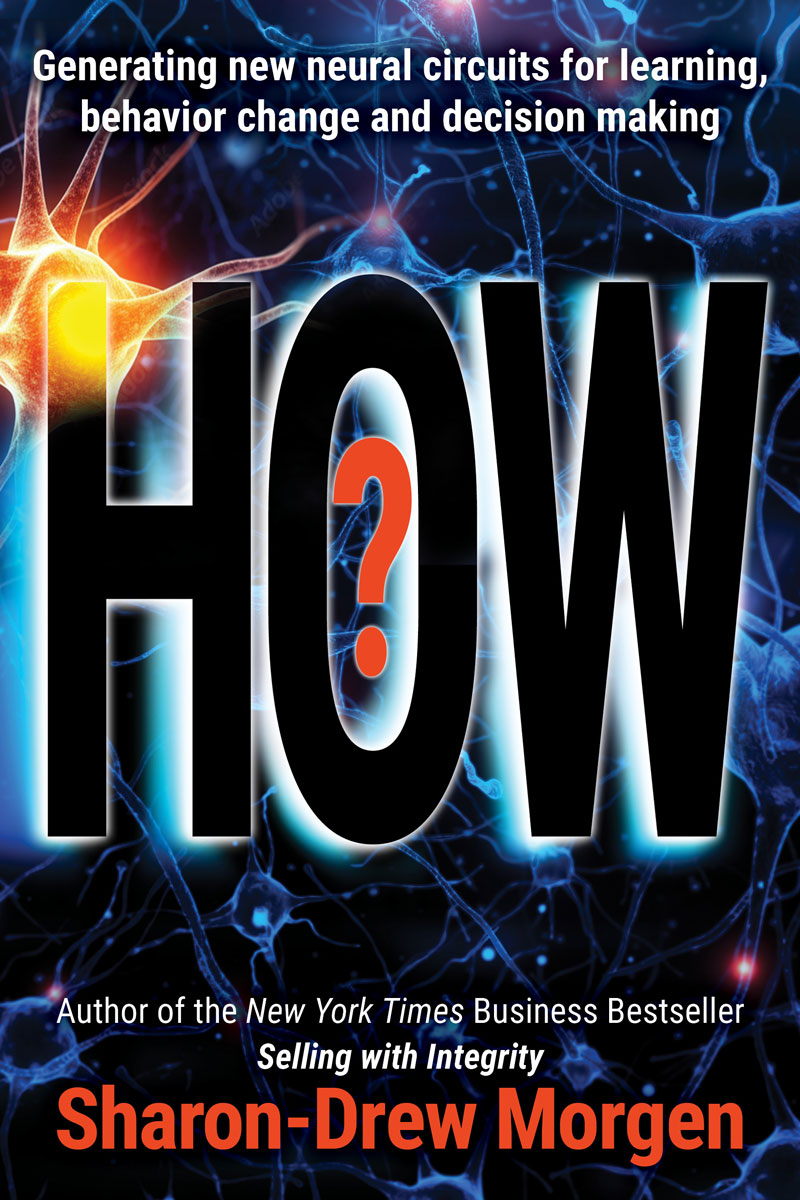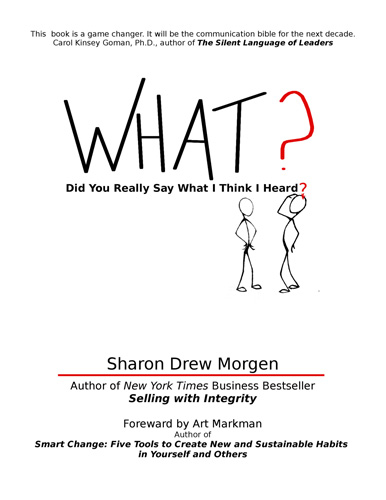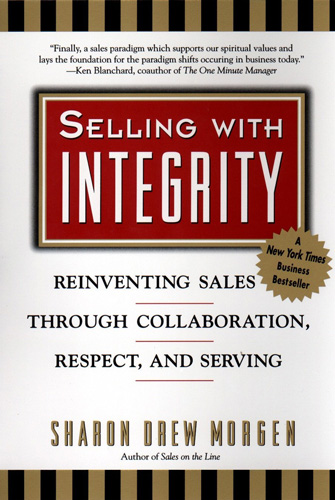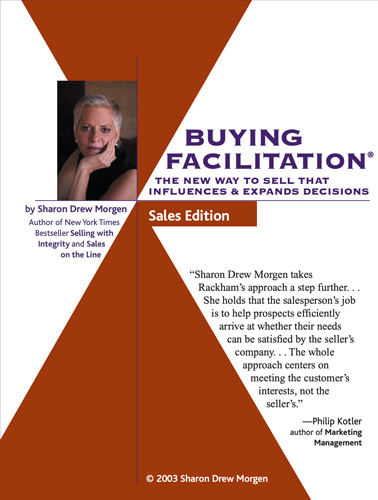 I’ve trained about 100,000 sales professionals globally. Before we begin, I ask them what training they receive as their sales job begins. They all say ‘Product knowledge.’ When I ask them if they know how their buyers are buying, they don’t even understand the question.
I’ve trained about 100,000 sales professionals globally. Before we begin, I ask them what training they receive as their sales job begins. They all say ‘Product knowledge.’ When I ask them if they know how their buyers are buying, they don’t even understand the question.
In my 40 years of teaching Buying Facilitation®, I’ve never met a sales person who knows their buyer’s buying decision process. And yet this is where, how, and why buyers eventually buy. By ignoring this, sellers reduce their close rate dramatically.
SALES STARTS TOO SOON
Sales and marketing direct their efforts on placing solutions, offering prospects great content, engaging graphics, and loyal customer reviews. And it works – 5% of the time.
What’s going on the other 95%? Well, those folks don’t need your solution details. Not at first anyway.
Before people self-identify as buyers, they have work to do: they try workarounds, manage their risk of change and get buy-in to do anything differently. Until then they have no interest in the information you offer.
In other words, your pitches, illustrations, and reviews will only be beneficial for people at the very end of their buying decision path. And that’s where you’re starting!
WHEN DO PEOPLE BUY?
People only buy when:
- There are no available workarounds;
- The risk of change is less than their risk of staying the same;
- The folks who will use the new solution agree to the change and have comfort learning how to use the new solution.
Buying is a change management problem before it’s a solution choice issue. Until people understand their risk of change, and until users buy-in to doing anything different, they will not buy regardless of what you’re selling or what they need.
Before people are ready to buy they must have these questions answered: How can they resolve their problem with the least disruption? Can a new solution fit with existing software and minimal training? How can the group generate buy-in so there’s no resistance? Who will supervise the implementation of the new solution over time?
In other words, until they have all their ducks in a row, people cannot self-identify as buyers and will ignore and rebuff your efforts.
I’m sure you know this. Hundreds of articles have been written on the 70% that goes on behind the scenes. So why aren’t you addressing this portion of the buying decision journey?
Even people who theoretically are great prospects can’t consider buying if the risk to their system, their culture, is too high, or if users won’t use it. They certainly cannot define their need until they do so.
I would think the low close rate would tell you there’s a problem with what you’re doing. My goodness, you wouldn’t even go to a hairdresser with a 5% success rate. You certainly wouldn’t get on a plane. Yet you continue to assume your solution will rule the day and base your entire approach on placing your solution. Facts tell you otherwise, and yet you ignore them.
Your solution is the last thing people need. Why not first help them with the backend work they must do anyway? Why not add some new tools and begin with a Change Management, or a Risk Management focus and help them first – and then they’ll already be working with you when they’re ready to buy? To do this, you’ll need to stop selling until they’re ready.
The question becomes: would you rather sell or have someone buy? You know the answer – but you’re acting as if the only process you need is selling….which ignores all but 5% of those those folks who will buy but aren’t ready. BTW these folks can easily be made ready! You can help them, decrease your sales cycle by one half, and close 40% from first call. But it requires a wholly different toolkit.
Sales is a Stage 2 model. First, Stage 1: facilitate buying (check out my Buying Facilitation® model). Then Stage 2: sell. To facilitate buying, you must:
- change your outreach to seek folks in the process of solving a problem your solution can fix. You’ll need to ask different questions to find folks on their problem-solving journey; listen differently to hear where they are in their journey, then help them through their change process. With a ‘need’ focus you’re merely posing biased questions and listening for an opening to pitch into. How many thousands of names have you thrown away – real prospects! – because they were still in their problem-solving phase and not yet ready?
o Rule: until people have gone through their entire risk- and change management process, they don’t even have a complete understanding of their need!
o Rule: don’t begin by seeking folks with need. Begin by seeking people on route to fixing a problem your solution can resolve and help them manage their change.
- put your solution knowledge on the back burner until you’ve helped people figure out their risk and change issues.
o Rule: you need a wholly different skill set to facilitate buying. Currently you’re only listening and posing questions so you can hear an opening to pitch into.
- seek people who WILL become prospects/buyers once they’ve got all their ducks in a row. Now you’re merely guessing who is a prospect (i.e. the 5% close rate should make that obvious).
o Rule: People cannot buy until they’ve figured out how to solve a problem with minimal disruption. Help them do this first.
- facilitate prospective buyers through their change/risk management before trying to sell. They’re doing it without you as you wait.
o Rule: People are now abusing your time to pull knowledge they can use to solve their own problem without you. Provide product information AFTER they’ve clearly defined their need.
There are 13 steps to any change process. Sales enters at the last 3 steps and seeks that small percentage of people who have completed their change process. This ignores the bulk of the buying decision journey – real prospects who you could quickly facilitate through their decisions to a close – to find those at the end.
Why not put on a Buying Facilitation® hat first, seek folks during their change and risk management processes; facilitate them through their change decisions, buy-in, and risk management; and then you’ll find real prospects on the first call and stop wasting time trying to convince people who just aren’t ready yet.
For those sellers interested in closing more and willing to learn new skills, I’d love to teach you Buying Facilitation®. Contact me: sharondrew@sharondrewmorgen.com.
________________________
Sharon-Drew Morgen is a breakthrough innovator and original thinker, having developed new paradigms in sales (inventor Buying Facilitation®, listening/communication (What? Did you really say what I think I heard?), change management (The How of Change™), coaching, and leadership. She is the author of several books, including her new book HOW? Generating new neural circuits for learning, behavior change and decision making, the NYTimes Business Bestseller Selling with Integrity and Dirty Little Secrets: why buyers can’t buy and sellers can’t sell). Sharon-Drew coaches and consults with companies seeking out of the box remedies for congruent, servant-leader-based change in leadership, healthcare, and sales. Her award-winning blog carries original articles with new thinking, weekly. www.sharon-drew.com She can be reached at sharondrew@sharondrewmorgen.com.





